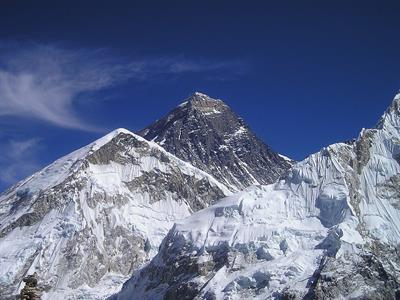
PUMPA - SMART LEARNING
எங்கள் ஆசிரியர்களுடன் 1-ஆன்-1 ஆலோசனை நேரத்தைப் பெறுங்கள். டாப்பர் ஆவதற்கு நாங்கள் பயிற்சி அளிப்போம்
Book Free DemoThere are three natural sources of fresh water which are available on earth. They are follows:
Surface water:
The water that is present on the surface of the earth such as river, lake, ponds, streams or freshwater wetland is known as surface water.
Frozen water:
The water that is found in the frozen state as of in the polar ice-caps and glaciers is known as frozen water. A larger portion of water i.,e 68.7% of the total water which is available is found in the frozen state.
The Himalayas are the mountains that contain ice caps, icebergs and glaciers. Among the largest rivers of Asia, ten of them flow from the Himalayas, and more than a billion people’s livelihoods depend on those rivers.

The water in the ponds and lakes freeze during the winter in cold countries. This solid layer of ice is formed on the surface of water. All the aquatic animals living under the ice still survive as they have a floating layer of ice that acts as a protective coat. This coat doesn't permit the heat to escape from water. Hence, only the surface turns to ice, causing the existence of aquatic animals.
Ground water:
The water that is found beneath the surface of the earth in the soil is known as groundwater. This water is obtained via the springs, open wells, tube wells, or hand pumps etc.